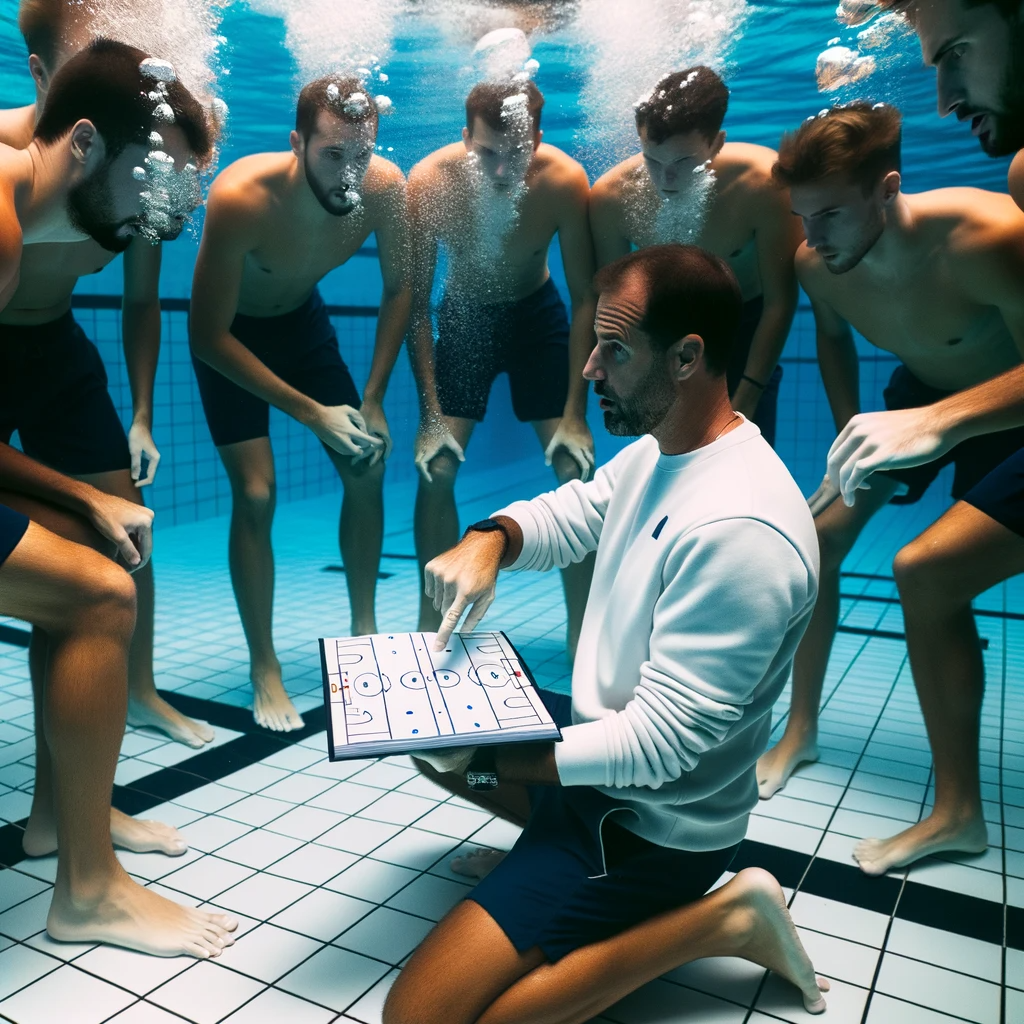Underwater hockey, a thrilling sport that combines the excitement of hockey with the unpredictability of underwater dynamics, has captured the hearts of many enthusiasts around the world. As with any team sport, coordination is crucial. But in the unique environment of underwater hockey, it takes on a different dimension.
How to Coordinate with Team Members Underwater in Hockey?
Coordination in this sport is a dance of understanding, quick thinking, and impeccable communication. The medium of water presents challenges, but it’s these very challenges that make the game so intriguing.
The Importance of Communication
In a space where verbal exchanges are impossible, players rely heavily on other forms of communication. Being in sync with your team members is pivotal, not only for scoring goals but also for ensuring safety.
Hand Signals and Their Meanings
Hand signals are the primary means of communication. From signaling a strategy change to alerting a teammate about potential danger, mastering these signals is paramount. Each team might have its own set of signals, but there are some universally understood gestures.
Using Equipment to Convey Messages
The equipment, especially the stick and puck, can also be used to communicate. Tapping the stick against the pool floor or using it to direct the puck can send clear messages to observant teammates.
The Art of Positioning
Positioning is another critical aspect of coordination. Knowing where to be at any given moment can make or break a game.
Understanding Your Role
Each player has a specific role, from defense to attack. Knowing and respecting your role ensures the team functions like a well-oiled machine.
Positional Awareness and its Significance
Being aware of where your teammates are and anticipating their moves is key. This foresight can help in setting up plays, intercepting the opposition, and more.
Training Techniques
To excel in underwater hockey, one must undergo rigorous training. This not only improves individual skills but also enhances team coordination.
Building Stamina and Endurance
The underwater environment demands a lot from players. Building stamina ensures you can keep up with the game’s pace and coordinate effectively with your team.
Team-building Exercises
Regular team-building exercises can foster understanding and trust among team members, which is essential for impeccable coordination.
Safety Measures
Safety is paramount in any sport, and underwater hockey is no exception. Ensuring safety goes hand in hand with effective coordination.
The Role of Safety in Coordination
Being in tune with your teammates also means looking out for their well-being. A well-coordinated team can quickly spot and avert potential dangers.
Common Risks and How to Avoid Them
Understanding the risks involved, from equipment malfunctions to unexpected player movements, can help in devising strategies to avoid them.
Expert Tips and Tricks
Drawing from personal experiences, experts often have invaluable insights that can significantly improve team coordination.
Utilizing First-hand Experiences
Those who’ve been in the game long enough have a treasure trove of experiences. Learning from these can offer shortcuts to effective coordination.
Learning from Mistakes
Mistakes are inevitable, but they offer potent learning opportunities. Analyzing past games can provide insights into areas of improvement.
FAQs
- What is the best way to communicate with teammates underwater?
Hand signals are the most effective means of communication during a game. It’s essential to familiarize oneself with common signals and any specific ones your team might use. - How can one improve positioning in underwater hockey?
Regular practice, understanding game strategies, and studying player movements can significantly improve positioning. - Why is safety crucial in underwater hockey?
Given the underwater environment and the physical nature of the sport, ensuring safety is vital to prevent injuries and other risks. - How often should teams practice for effective coordination?
Regular practice sessions, at least 2-3 times a week, can help improve coordination and understanding among team members. - What equipment is essential for underwater hockey?
A snorkel, mask, fins, protective gloves, a stick, and a puck are the primary equipment pieces. Additionally, wearing protective headgear is recommended. - Can beginners play underwater hockey?
Absolutely! With proper training and guidance, anyone can enjoy the thrill of underwater hockey.
Conclusion
Mastering the art of coordination in underwater hockey requires dedication, practice, and a keen understanding of the game’s nuances. By prioritizing communication, positioning, training, and safety, teams can achieve impeccable synchronization, leading to not only winning games but also ensuring an enriching experience for all involved.

